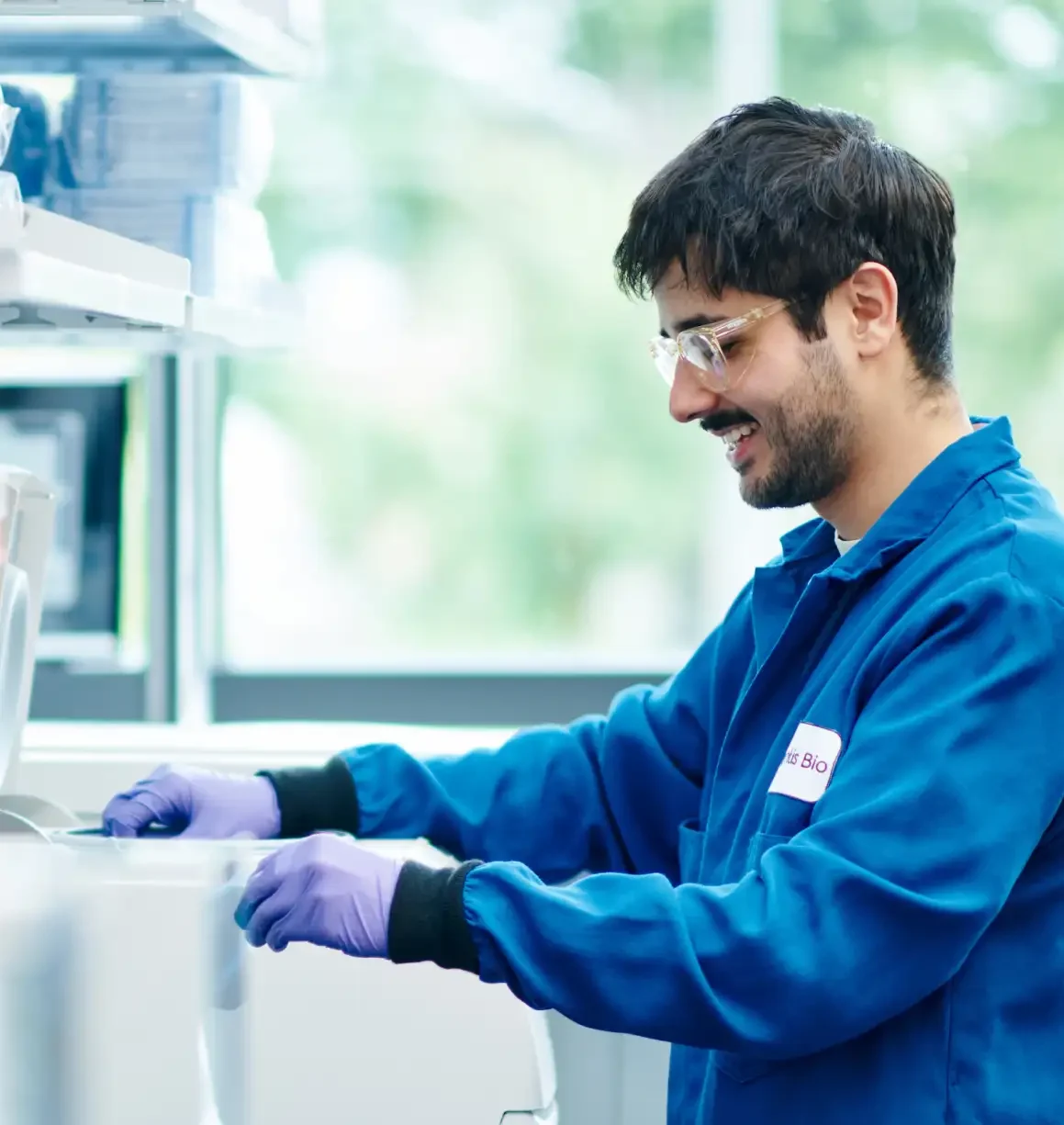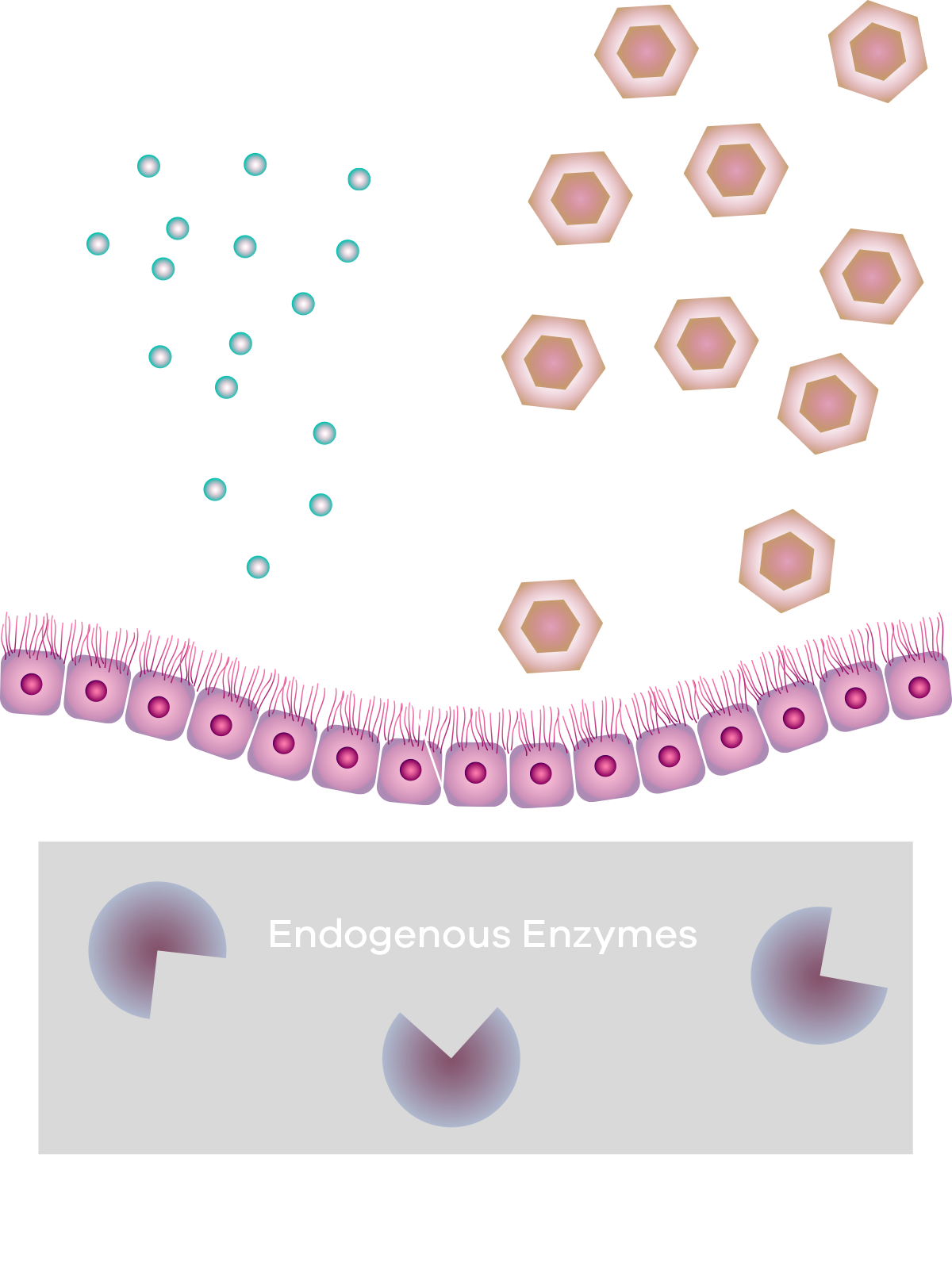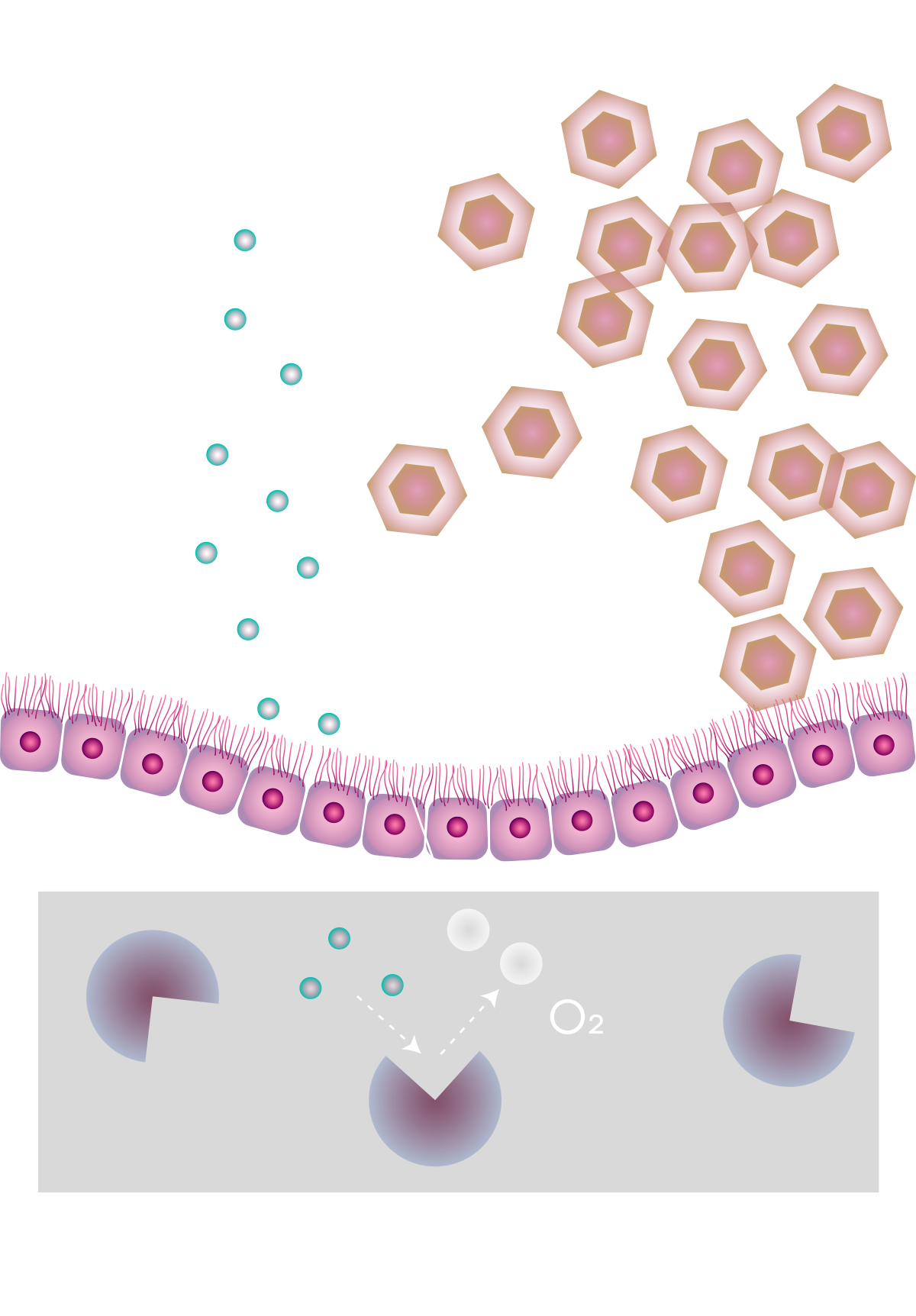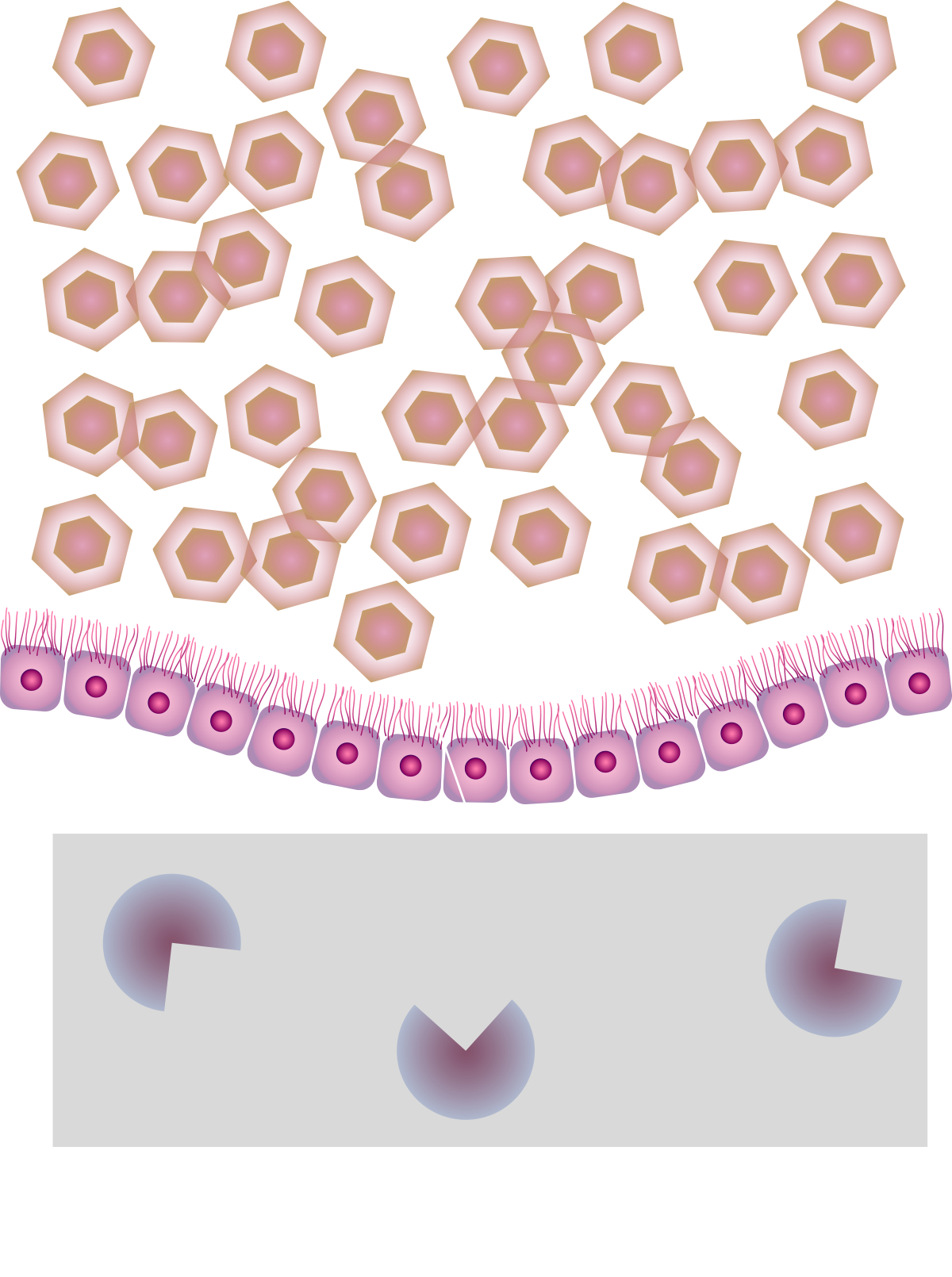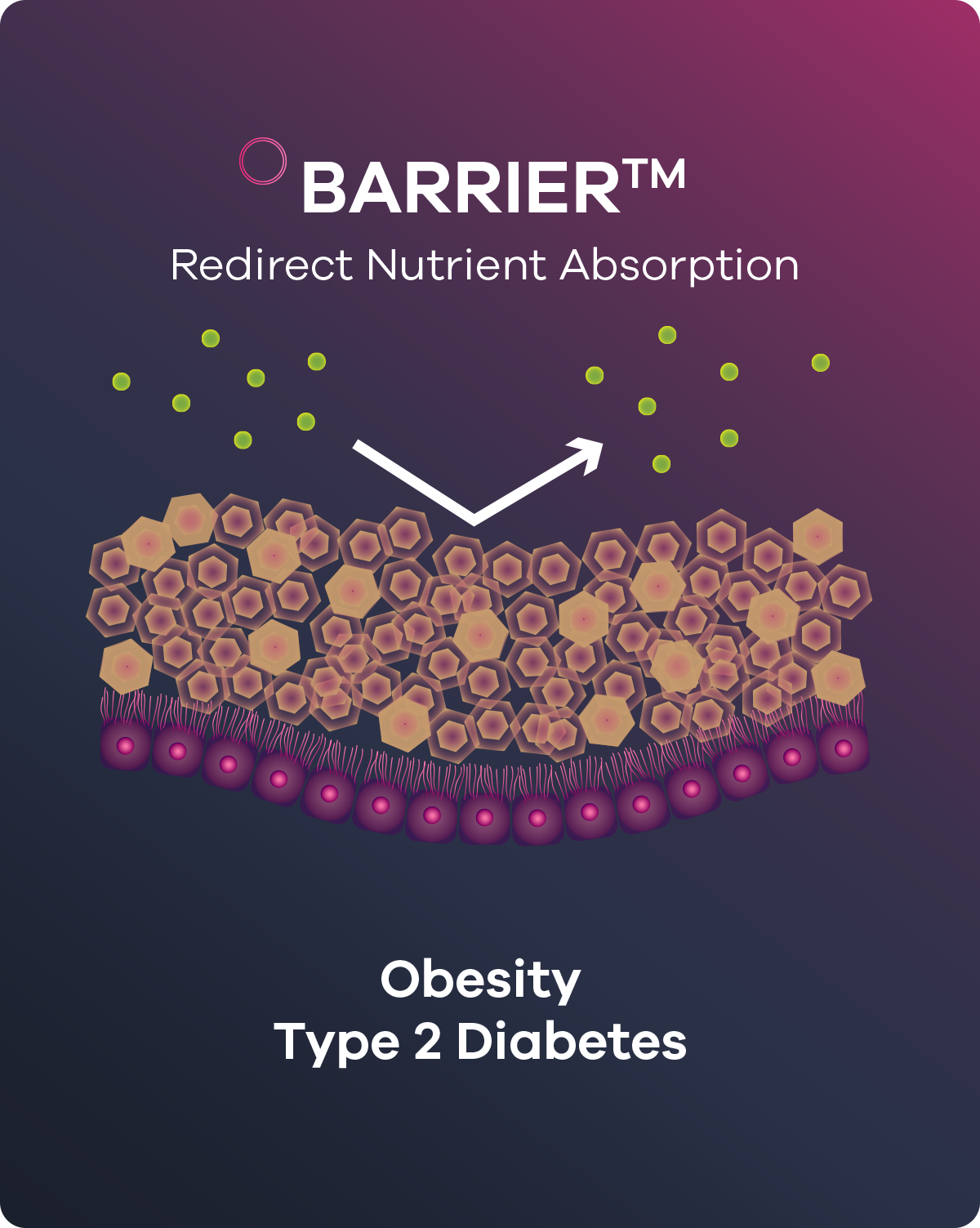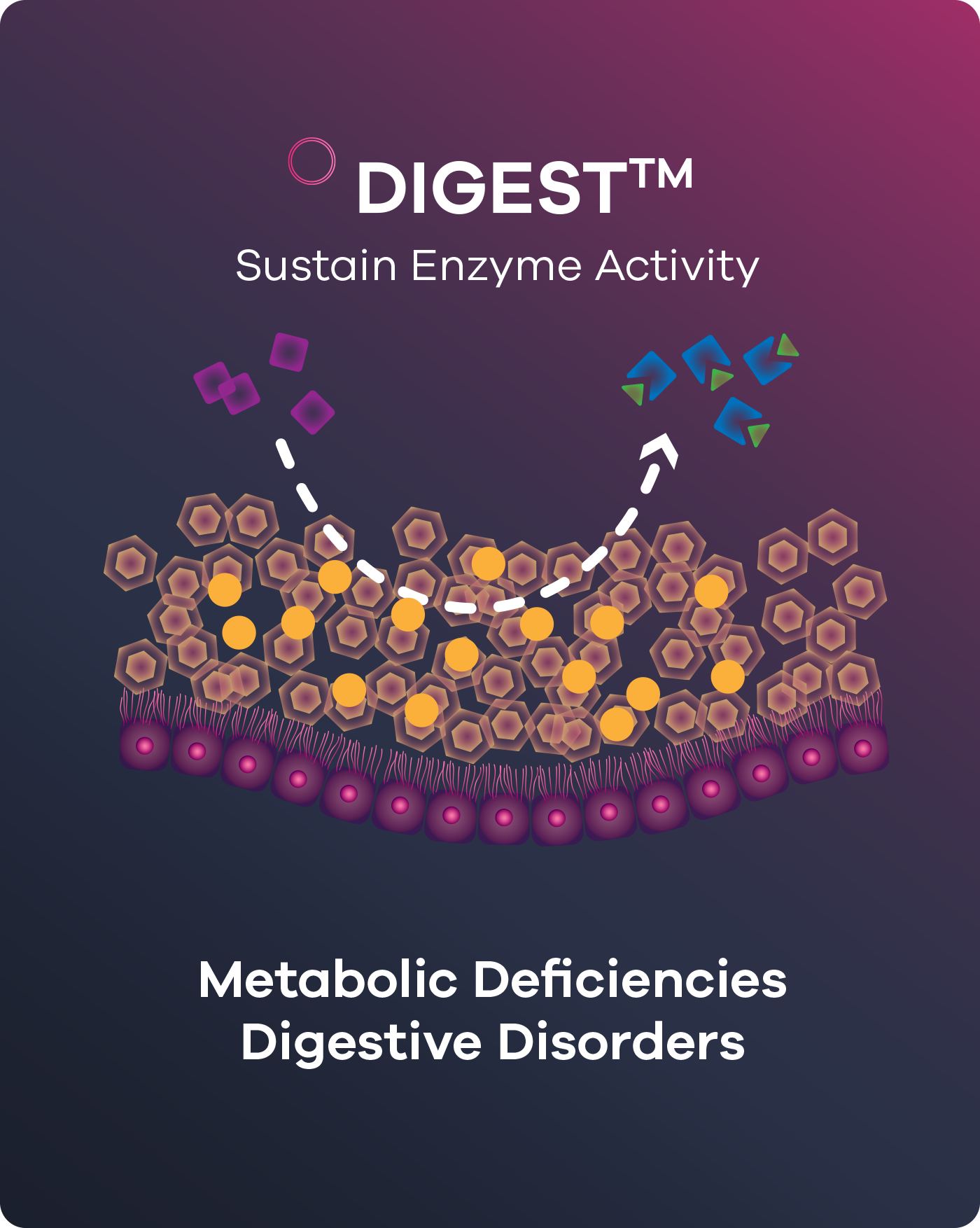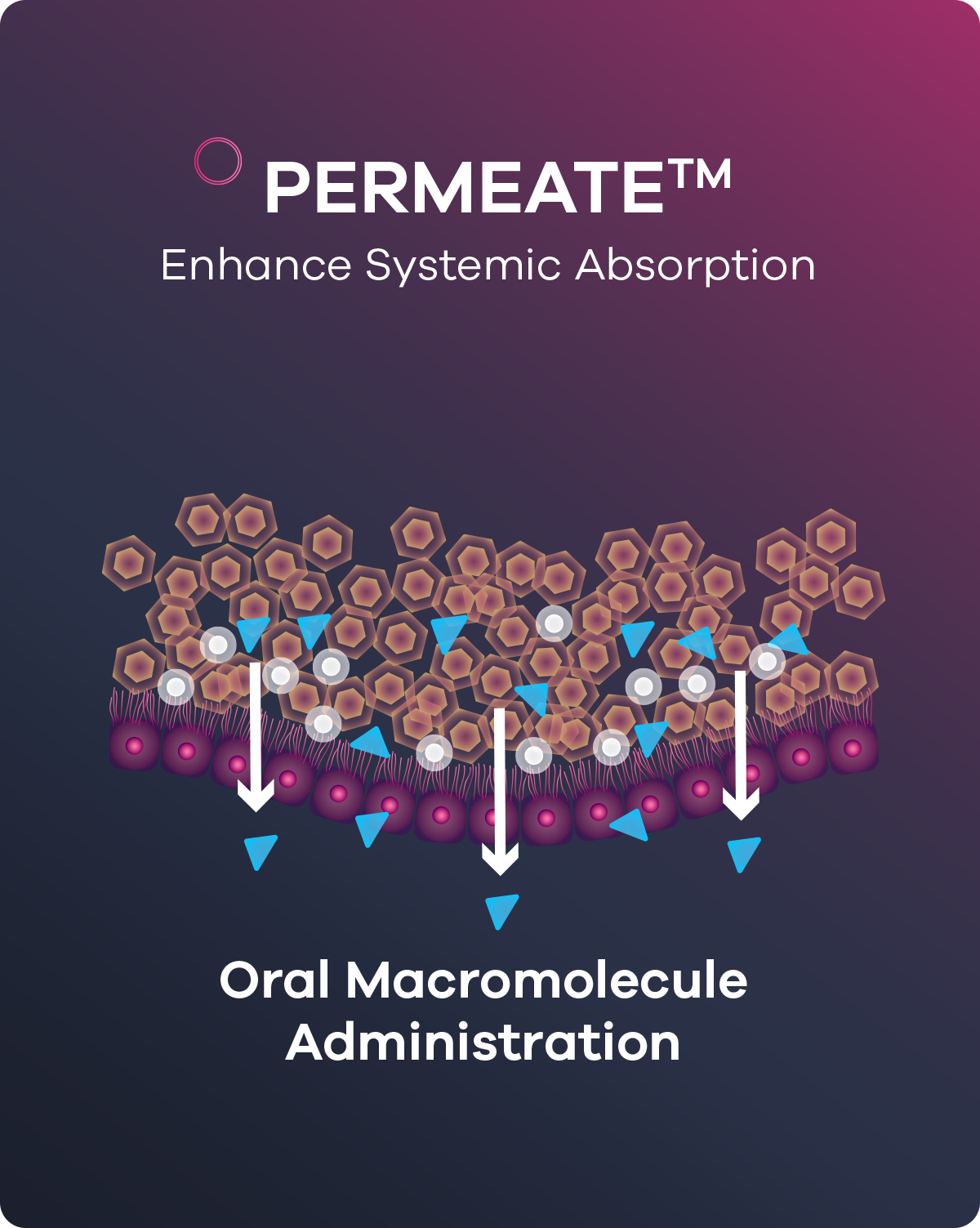The Body’s Hidden Command Center
The small intestine (SI) is more than it appears–it is the body’s nexus of digestion, metabolic management and systemic drug delivery. Often called the “gut-brain axis,” this enteric nervous system contains a complex network of over 100 million neurons and is the primary site where ingested materials are broken down and absorbed, offering unique therapeutic opportunities. By modulating or restricting nutrient uptake in this region, we can help manage obesity and diabetes by controlling the body’s response to food intake. The SI’s pivotal role in digestion also makes it ideal for localized therapies like gut-restricted enzymes to address deficiencies where they matter most. Further, its vast surface area, rich blood supply and diverse transporters ensure efficient drug absorption into circulation, making it a prime target for systemic drug delivery. This versatility makes the SI a powerful hub for innovative local and systemic therapeutic strategies.
While the value of the SI has been extensively studied, targeting therapies to this region has historically proven challenging due to highly rapid and variable intestinal transit times that limit the therapeutic window of orally-delivered treatments.
Our scientific co-founders developed SYNT™ (SYNthetic Tissue-lining) to deliver and sustain therapies directly to targeted tissues within the gastrointestinal (GI) tract.
Leveraging our SYNT™ technology, we are unlocking the full potential of the SI by targeting and sustaining therapeutic activity in this critical region to create more effective solutions for difficult-to-treat diseases, all within the convenience of a simple pill.

